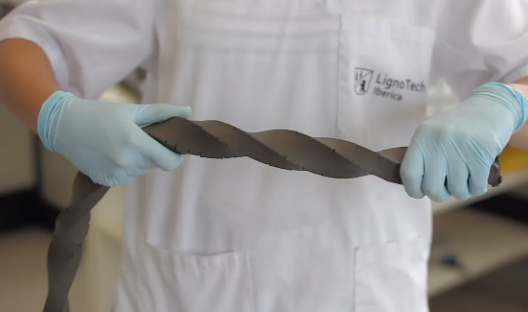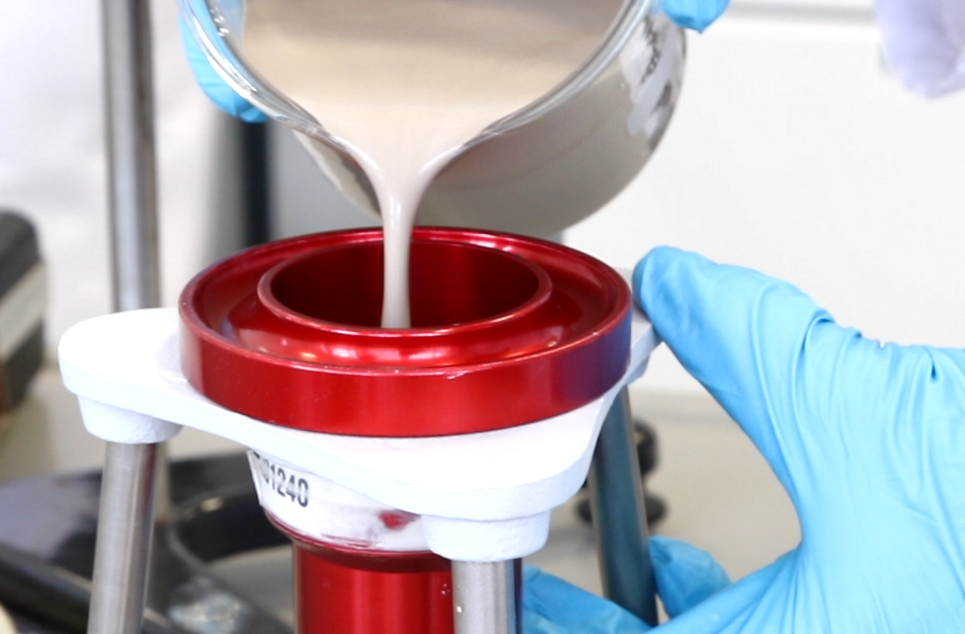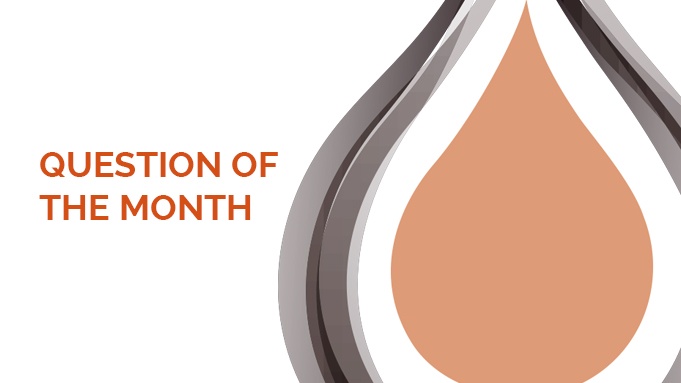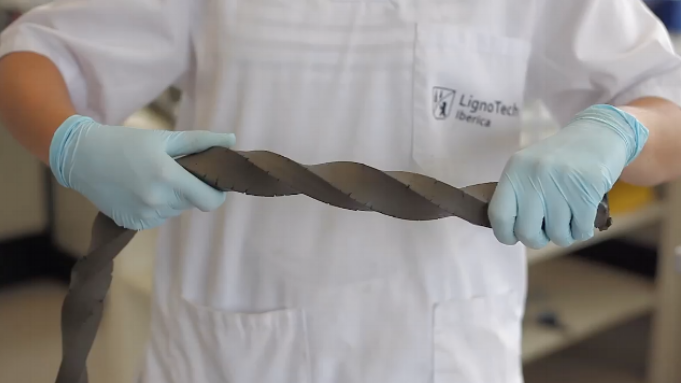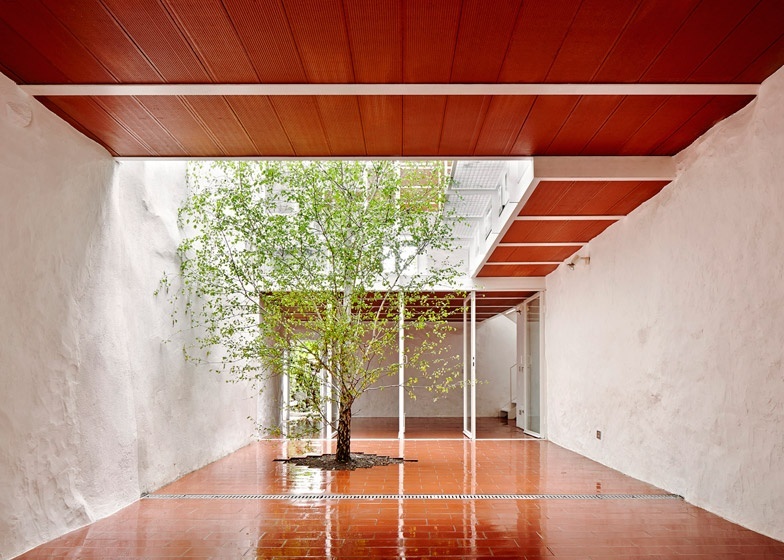Extrusion is a common process used to manufacture different types of ceramic products, for example, face bricks, ventilated walls, floor tiles, special shaped products and many others. Several parameters affect the operation of the extrusion. These parameters include the nature of the raw materials, their particle size, and their plastic behavior, the water content and the additives you use.
Temaer: Structural, Plasticity, Drying, extrusion
Cellulosic compounds are not new into the Ceramic Industry. They have been used in ceramic bodies for a long time.
In ancient cultures, straw could be used to bring porosity to clay, easing water entrance and hence increasing its workability. It would also provide some air entrance, helping in the drying process, that would take place in the open air. This is useful in hand-made products and in low-automated processes.
Temaer: Structural, Plasticity, Clay additives, extrusion
QUESTION OF THE MONTH: Will the additive block my extruder if there's a production break?
By Yaiza Paños 05-Apr-2018 14:00:00
When it comes to the use of ceramic additives, we must be 100% sure that the one that we are using is the best for their production process. We have talked about different ways to optimize ceramic production processes in several blog articles and we even wrote a blog post on the benefits of using additives in a brick production. However, we have received many questions about how additives can affect a manufacturing process. We will try to answer all of the questions as well as we can. This month's question is: "will the additive block my extruder if there's a production break?"
Temaer: Structural, Question of the month, extrusion
New aesthetics aligned with new technical requirements in the extrusion of ceramic bodies are demanding a new approach when it comes to additives’ requirements. In the past, lubrication and proper rheology were highly appreciated, but today there are other properties that should be taken into consideration if defects such as cracks, laminations, scumming, etc. can’t appear along the process, mainly due to the higher technical requirements of the raw materials.
Temaer: Structural, Plasticity, extrusion
Large Structural Brick
Brick types vary from thin brick to face brick to structural through the wall units. Thin brick allow for less weight and less costly installation. Face brick provide some insulation and are practically maintenance free for the lifetime of a building. Structural clay brick provide greater insulation, more protection from the elements, and the appeal and durability that have always made clay brick a desirable building material. The manufacturing of large structural clay brick presents challenges to brick makers in two of the critical processes involved in brick making: extrusion and drying. In this blog post we will focus on how to avoid breakage in the extrusion part of the manufacturing process.
Temaer: Structural, extrusion
Increasing Extrusion Rate in brick and roof tile manufacturing
By Jonathan Savage 28-Mar-2017 13:04:00
In modern brick production, massive investments in infrastructure and machinery dictate the way we make bricks and roof tiles, i.e it will take a lot of effort (not to mention a lot of money) to rearrange a production line or buy new equipment. Still, optimizing production is always a subject of attention. Given a fixed production line, a technical manager soon runs out of options when trying to produce more bricks or tiles. However, leaning on modern chemistry, it is possible to increase the extrusion rate significantly.
Temaer: Structural, Clay additives, extrusion

